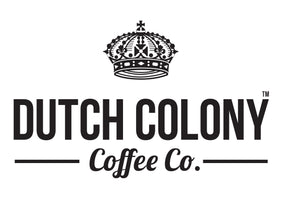Single Origins or Blends: A Buying Guide
For customers in general, choosing a coffee, be it a Single Origin or Blends can be quite confusing without the good understanding of what they are and how they are different from one and another. Single Origins highlight the unique farm profile that are usually attributed by the demographic of region and terroir, while Blends, a harmony of different single origins to reflect and showcase the roasters craft and individuality, allow the roasters to find the right balance to cater to certain group of drinkers, which is often not achievable through a one origin, one farm, one varietal coffee.

Single Origins
Single origins mean the coffee comes from one country, farm, estate, garden and varietal (although not really neccessary) and at the same time traceable to knowing the coffees estate/cooperative, its harvest and processing timeframe.
While not a causative factor, the ability to trace your coffee to its particular origin is correlated with farmers getting a good price for their coffee. In highlighting the individual areas, farmers and mills, roasters can bring out the best of the coffees sourced.

Why Single Origin?
Coffee roasters, and very aptly, most specialty coffee professionals love their single origins and like to serve them as it is to highlight the unique farm profile that are usually attributed by the demographic of region and terroir. Depending on what flavour one is enjoying and looking out for, you can get your chocolates from a Brazilian and Guatemalan single origin, berries and excitement from the Ethiopians, wild currants from the Kenyans, herbs and spice from the Indonesians and Indians and the list goes on.
So when you like a particular unique flavour from a particular country, you move from one farm to another of the same country until your palate gets an upgrade and move on to another new country with new flavours.
Blends
Blends, mostly for espresso and usually known as Espresso Blends, is a coffee roasters best friend, a harmony of different single origins to reflect and showcase the roasters craft and individuality. It is somehow similar to a signature dish prepared by a chef worth his salt.
In Dutch Colony, we manage five different blends in inventory, with two being seasonal to showcase only two or more selected single origin components that are in season and fresh, Katapult and the now-famous-festive-blend The Nutcracker, both of which available for a limited time offering. Out of the remaining three, which have a consistent taste profile throughout the year, two of them, Batavia and Colonial, were created for our wholesale partners while the Dutch Blend is our signature and award-winning blend.

Why Blend?
The specialty coffee scene in Singapore is still very young and taste palate is accustomed to ‘safe’ and ‘comfortable’ notes. With a blend, we can find the right balance to cater to this group of drinkers, which is often not achievable through a one origin, one farm, one varietal coffee.
How are Blends created?
First and foremost, we have in mind the profile we want to achieve from the level of acidity, sweetness, depth of body down to even the right balance of bitterness and length of aftertaste. Then, we demographic it into what notes in which region, a coffee have to offer (eg. The chocolates and nuts profile of Brazilian, Citrus of Kenyans, Big body of Sumatrans).
In the current coffee farming world, we do have to admit classifying coffee profile through growing regions are dogmatic as farmers are better exposed to what various processing methods can do to coffees but nonetheless it is still a safe experiment.
On the cupping tables, these coffees are then cupped individually before we start blending them up with the spoons and get slurping away to find the composition of the single origins that closely aligned with the profile we want to achieve.
As it is very important to achieve a blend with consistent tasting notes, Dutch Colony usually source and blend for origins that have very abundance supply of crop all year round, with both primary and secondary harvest. This we can achieve by using mostly Brazilians and Ethiopians in our blends. At the same time, we also offer the Katapult as a seasonal blend option and this is where the flavour wheel rotates, depending on what coffees are in season.
Conclusion
So, with the explanation above, are you a Single Origin or a Blend type of coffee drinker?
We love them both as there is the right coffee for the right occasion and each of them will give you a different level of experience and appreciation of what the farmers and the roasters have done in the process. Keep an open mind to both, find out which coffee that best suit your palate but just make sure you ask our barista if they were roasted for filter or espresso, another topic that we will soon cover.

